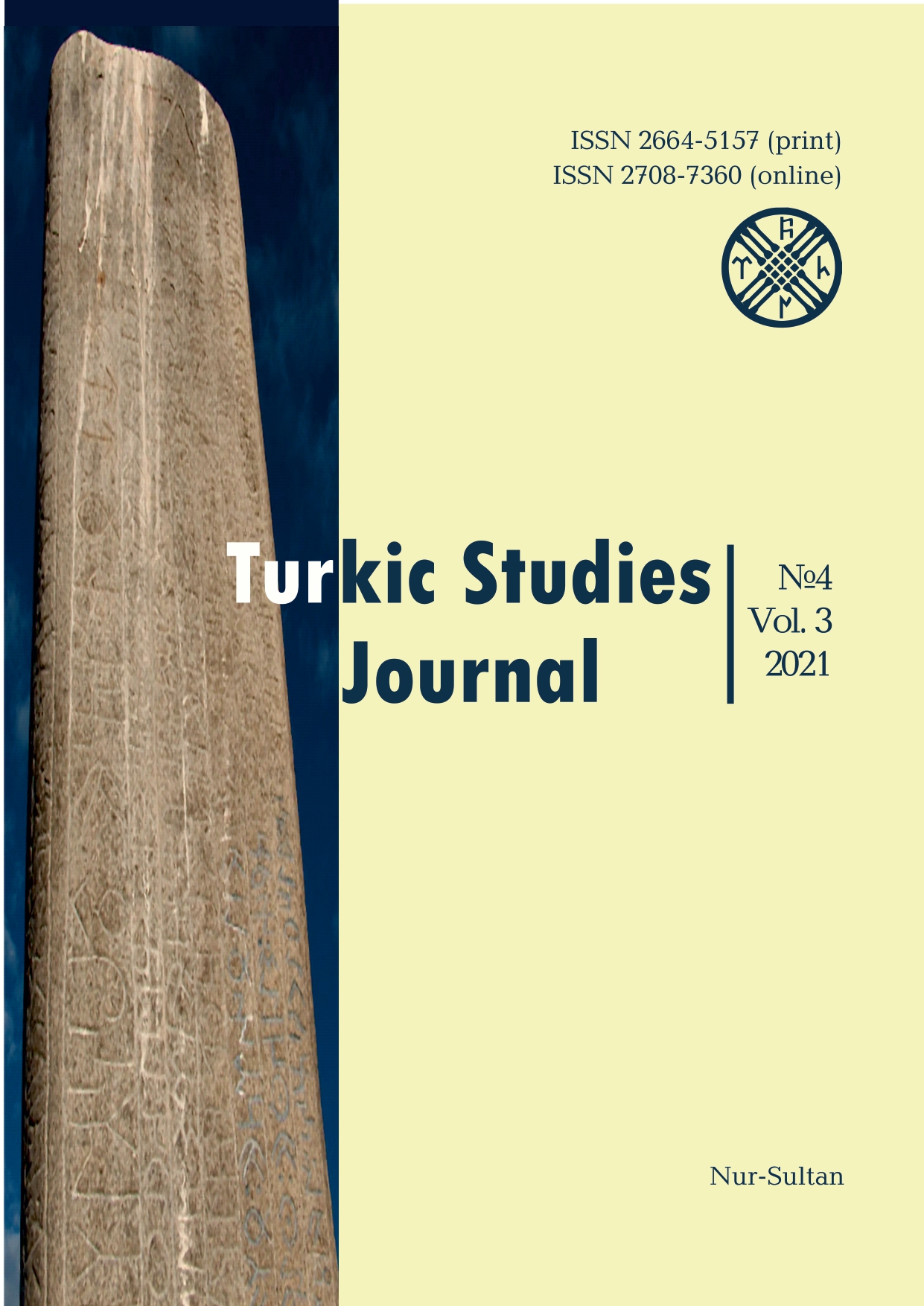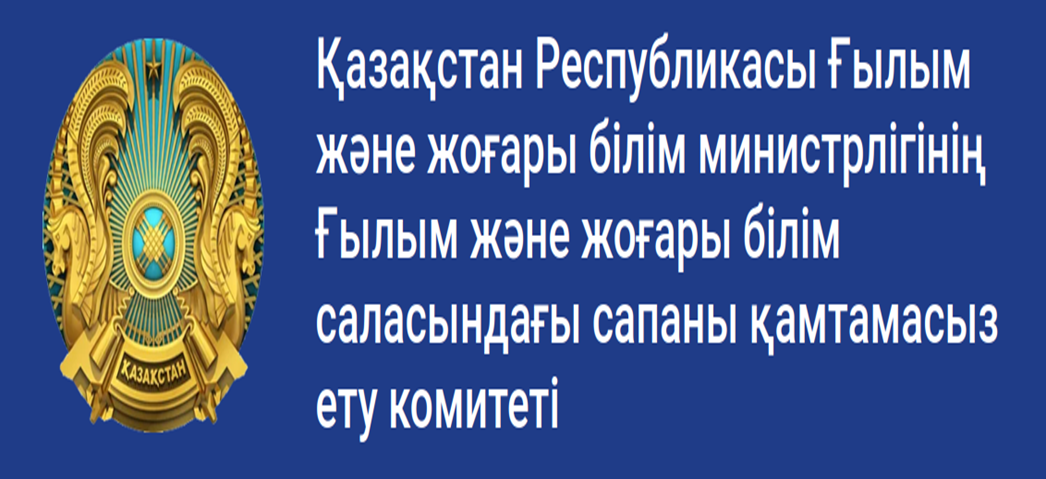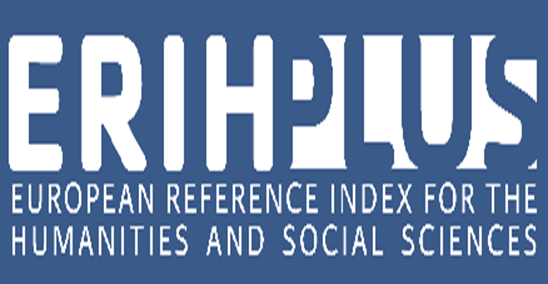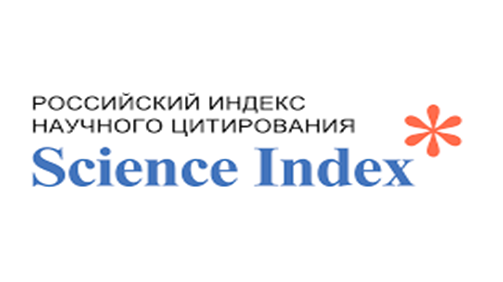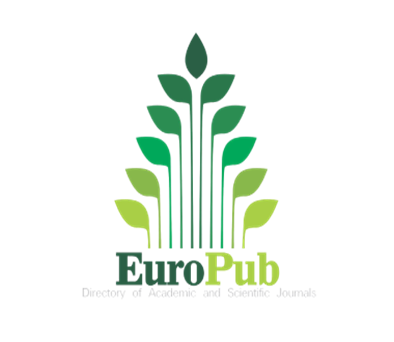Scientific debate about the genre of the Orkhon-Yenisei inscriptions
Views: 453 / PDF downloads: 307
DOI:
https://doi.org/10.32523/2664-5157-2021-4-98-111Keywords:
Orkhon-Yenisei inscriptions, history, written monument, historical document, historiographic dispute, composition, prose, poetry, epic, mixing genres, a novel in verseAbstract
This paper attempts to define the genre of the Orkhon-Yenisei Old Turkic inscriptions. The Orkhon -Yenisei inscriptions, found in the territory of modern Mongolia, attracted researchers’ attention in two directions. First, the interest was shown in scientific field, and then in the field of fiction. Along with the historiography, the Orkhon-Yenisei inscriptions have been studied from a cultural point of view, as well as from the point of view of literary criticism. Today Azerbaijani, Turkish and Russian scientists still dispute about the genre of the Orkhon-Yenisei written monuments. Different views have been expressed on the genre of the Orkhon-Yenisei written monuments. The researchers emphasize The Old Turkic written monuments emphasized the fact of the presence of researchers in the rhythm of folk poetry and “weighty verses”. Taking into consideration the feature of narrative written in verses and the connection with a folk poetry, a number of researchers define these inscriptions as poems in prose (F.E. Korsh, Amid Abid). Other authors note that the inscriptions are “a small literary work” (Vasfi Mahir Gochatürk). Furthermore, the inscriptions are considered “a small literary work”, “common Turkic historical heroic poems”, “epitaphs”, “graveyard poetry”, “a
separate genre”, “prose texts”, “historical legend”, “prose in verses” etc.
The Orkhon-Yenisei inscriptions manifest themselves as a mixture of prose and poetry, which is characteristic of the Turkic epic. We find the perfect example of this tradition in the epic Kitabi Dede Gorgud, a common Turkic monument. That is, a combination of prose and poetry. The Yenisei epitaphs, the Orkhon “Bangu stones” attract attention as the direction in which the Orkhon-Yenisei inscriptions will study the poetics of ancient Turkic literature. Although the Orkhon-Yenisei monuments were studied as texts of poems, epitaphs, epics, chronicles, stories, novels, stories, etc. Orkhon-Yenisei monuments should not be considered as an example of epitaphs. The Orkhon-Yenisei Inscriptions is a historical-documentary novel of poetry, combining genre features of different genres. The existence of such novels of poetry as the Orkhon-Yenisei inscriptions created the conditions for the creation of meaningful novels of poetry during the Eastern Renaissance. The creation of a novel of verses by Nizami Ganjavi in the XII century confirms this.

